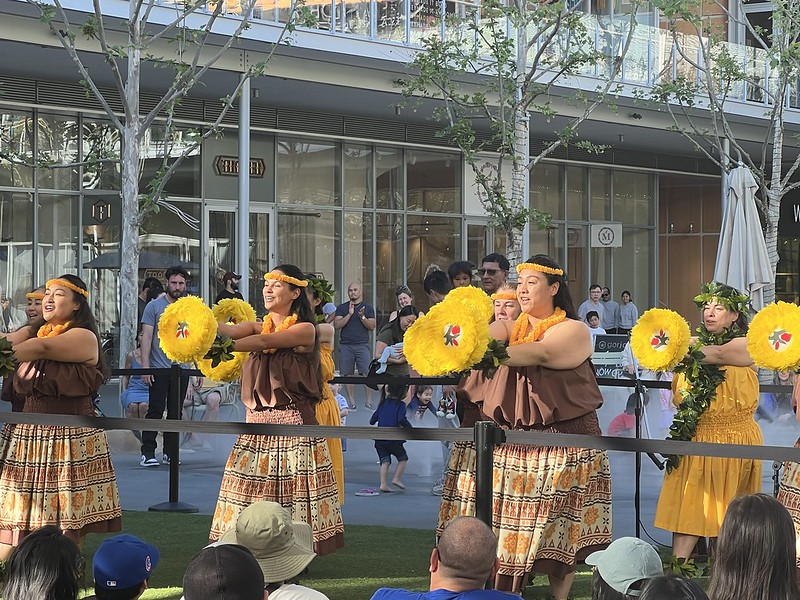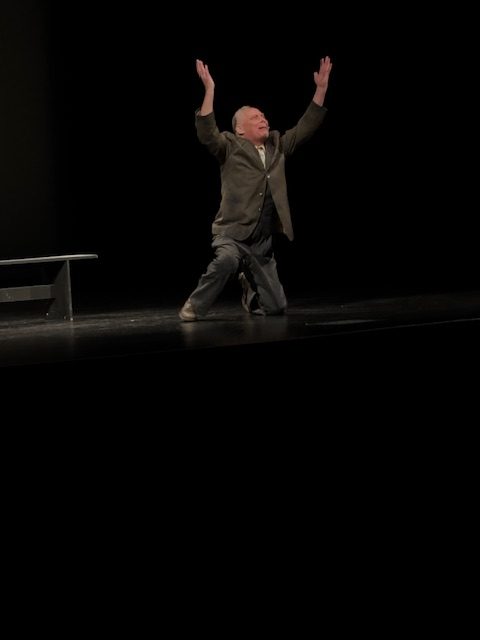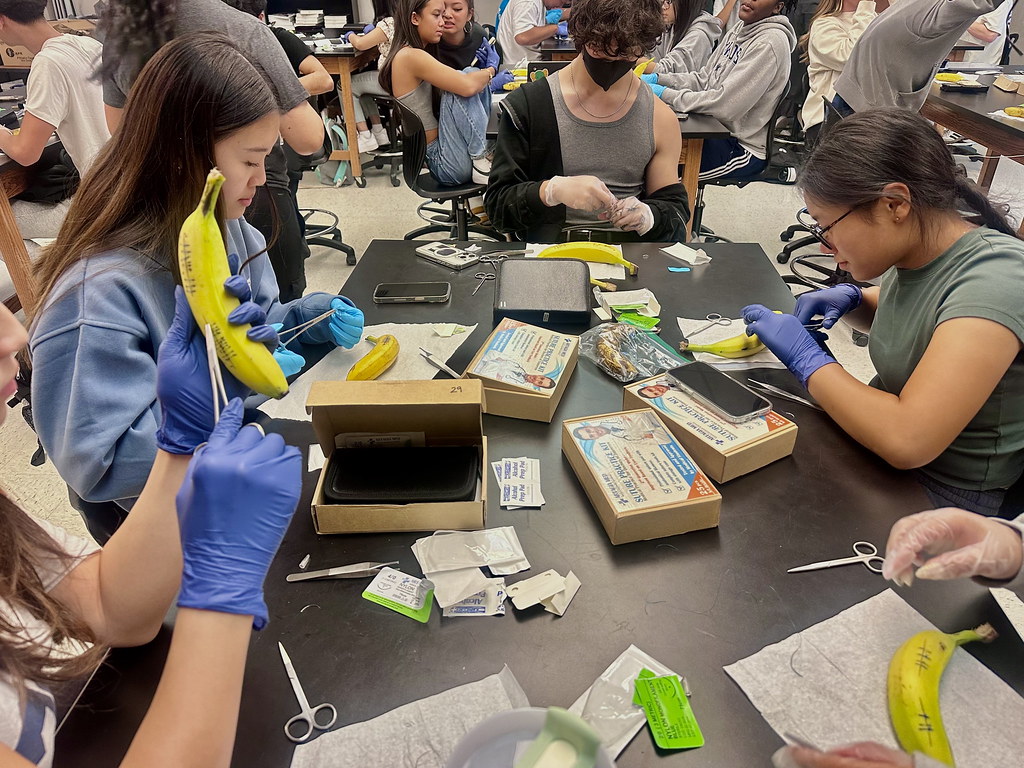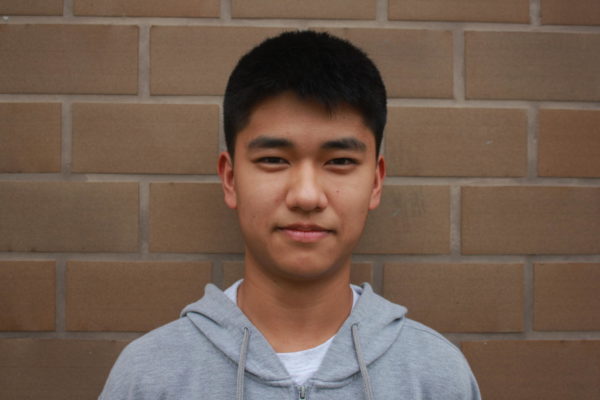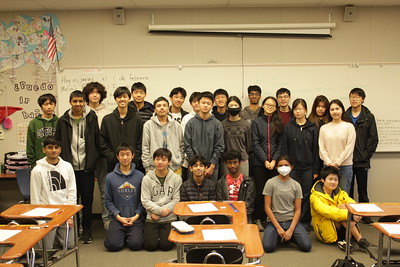
This year, Feb. 1 marks the testing date for the 31 students taking the American Invitational Mathematics Examination (AIME) at DVHS. Though it was nearly called off due to organizational complications, the DV Math Club was able to continue its tradition of hosting the exam for the 13th time.
The AIME is one of several stages involved in the American Mathematics Competitions (AMCs), which date back to 1950. It was introduced as a secondary qualifier for the national olympiad in 1983, and has been held annually ever since. Participants, totaling approximately 3,000, are selected from the top percentages of AMC 10 and AMC 12 scorers.
Like the AMC, the AIME is multiple-choice — although each of the 15 questions has more than a few options, ranging the integers between 0 and 999. Answers, therefore, often take the form of the greatest or least integer, or the sum of a series of integers, which fulfills a particular mathematical property. Test-takers have three hours to interpret these properties in terms of more familiar patterns, theorems and logic systems.
Students’ primary method of preparation is studying problems from past exams. “Sometimes a past problem [will] bring me to a certain topic — and then I search up that topic on the AOPS [Art of Problem Solving] page, and there’s other problems related to it. … I do them with a friend, so we can discuss,” junior Elisa Zhang said. Sophomore Jerry Wang uses flashcards to understand the strategies behind past problems. Many students also find practice in math communities; Math Club itself prepares through lectures and team activities.
On the day of the exam, keeping a clear mind is key. “The most important thing is to be calm, and not have an excessive fear response. I was trying to fall asleep before the test … and pretend it’s a very, super normal day, with no consequences,” Wang explained. Staying calm throughout the test often means not getting stuck on any one problem — to prevent brain fry, he’ll step back from an impasse, and re-attempt it with a new perspective.
Part of the AIME’s difficulty is its length; in comparison, the preliminary AMCs are 75 minutes, or less than half the duration of the Invitational. As for maintaining focus, Zhang’s approach is to take mental breaks: “When I get to around the two-hour mark, my brain just kind of dies, so I sit there and stare at the ceiling … and then I’m not thinking about anything, and that helps me reset,” she said.
Amidst these anxiety-inducing, brain-killing conditions, however, attacking challenging questions can be genuinely fun. Although the premise of each problem explores the complex fields of algebra, counting, number theory or geometry, they’re generally phrased as to not require knowledge of specific terms and formulas — unlike, for example, a calculus quiz, which may just be a sheet of integrals.
“I’d say the appeal of competition math is that it’s different from school math. If you do enough practice problems for school math, eventually you’ll get it. But with competition math, you have to actually think outside of the box,” Zhang said. “You have to apply the concepts, and not just ‘plug and chug’.” In an educational system dominated by memorization and repetition, competition math is becoming increasingly important.
Unique and difficult questions with creative solutions are what keep students interested in not only math, but problem-solving as a whole. “In a very specific type of probability problem, you do this thing called ‘casework’,” freshman Nupur Krishnan explained. Casework involves splitting problems into multiple scenarios, and evaluating the conclusions derived from each. “You can use casework to solve any type of problem in your life. Hopefully, there aren’t too many cases.”
The skills obtained from competition math — and, more importantly, the persevering, systematic attitude — aren’t only applicable to numbers. Wang hopes that the time he spends on competition math will prepare him for the future: “If I ever encounter real problems in the real world, I’ll be more able to solve them,” he said.



